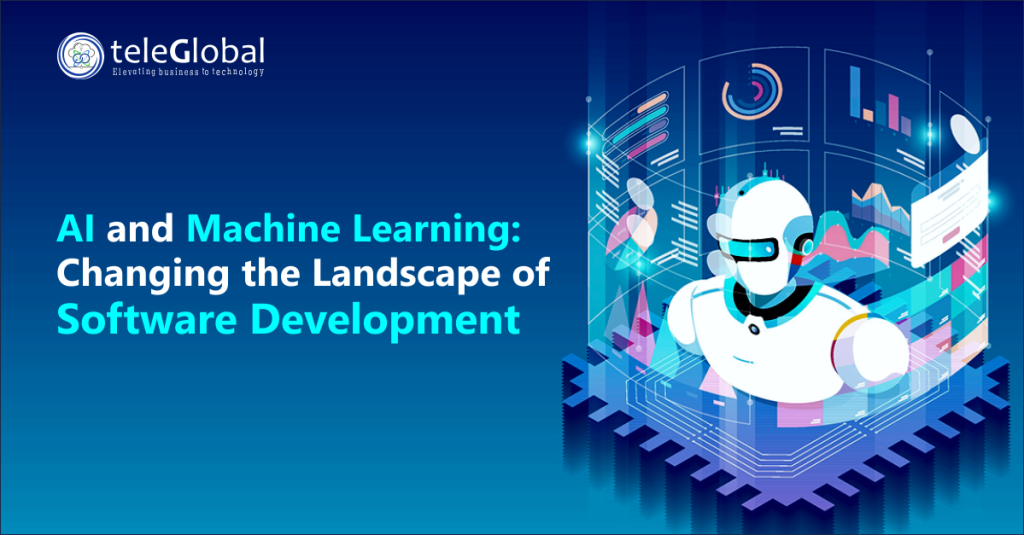
| Author: Kamlesh Kumar | Published: 17-Feb-2024 |
Artificial Intelligence (AI) and Machine Learning (ML) are no longer niche tools reserved for cutting-edge experiments, they’re actively reshaping how software gets built, tested, and evolved. What once took weeks of development and layers of testing is now streamlined with smart algorithms that learn, adapt, and act.
This isn’t just about faster releases or better automation. It’s about a shift in how decisions are made, how teams operate, and how end-users experience software. In this blog, we explore how AI and ML are not only changing software development but redefining its future.
AI and ML aren’t just plug-in features; they’ve become force multipliers across the entire software lifecycle. They help dev teams move smarter, respond faster, and build with more context than ever before.
Software teams deal with endless choices from feature prioritization to architectural trade-offs. AI and ML step in as intelligent copilots, surfacing insights from troves of user data, performance logs, and historical patterns.
Now, teams don’t just decide based on instinct or experience they decide with clarity.
AI and ML allow data-driven decision-making by evaluating massive amounts of organized and unstructured data. This knowledge enables teams to make educated decisions about feature priority, resource allocation, and overall project direction, resulting in improved alignment with business objectives and market expectations.
Automation isn’t new. But AI-driven automation? That’s a whole different level. It doesn’t just do tasks it improves them as it learns.
AI isn’t just changing how we build software, it’s reshaping how users experience it.
We are transitioning from static interfaces to adaptive, responsive systems that change in response to user activity.
One of the unsung wins of AI in software development is its ability to detect problems before they impact performance. By analyzing real-time usage data and system logs, AI predicts failures or bottlenecks before they occur. This is particularly impactful in industries like healthcare or manufacturing, where early intervention can prevent downtime or critical service disruptions.
AI improves cybersecurity tactics by detecting threats in real time:
High-quality, diverse datasets are required to train successful AI models. Inconsistent or biased data can skew outcomes, making proper data governance, cleaning, and access controls critical.
Deploying AI systems often requires specialized knowledge in data science and ML.
Organizations may need to invest in:
NLP enhances user interactions and insight generation:
AI tools improve code quality by identifying issues early:
AI helps manage projects with data-backed accuracy:
Machine learning enhances protection mechanisms:
AI and ML aren’t just tools; they’re the quiet force reshaping how software comes to life. Think of them as creative partners, not just code generators, speeding up development, spotting problems before they happen, and even defending against threats smarter than ever before. But making the most of AI and ML isn’t as simple as flipping a switch. It takes thoughtful strategy, quality data, and expertise to turn potential into real impact.
That’s exactly where we step in. We don’t just deliver AI and ML solutions, we craft tailored intelligence that fits your unique challenges and ambitions. Whether it’s enhancing your development cycle, boosting product innovation, or safeguarding your systems, our experience turns complex AI into practical, powerful outcomes.
If you’re ready to stop chasing trends and start leading with AI-powered software, let’s connect. Together, we’ll build smarter solutions that don’t just keep up they set the pace.
 close
close

Hi there! At TeleGlobal, we turn your cloud vision into AI-accelerated reality. What challenge can we help you solve?
Powered by ![]() teleBot
teleBot